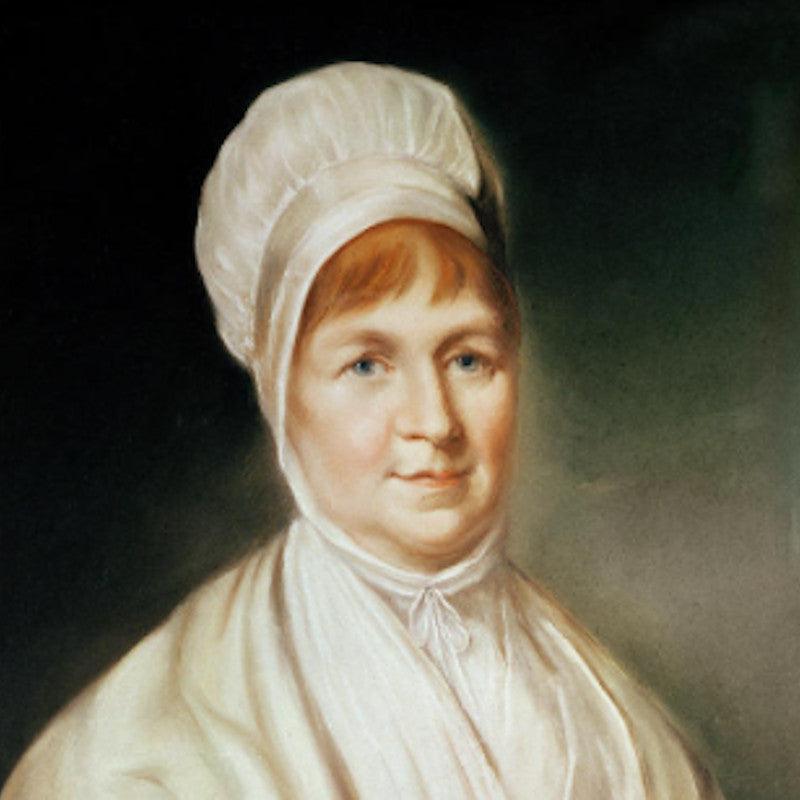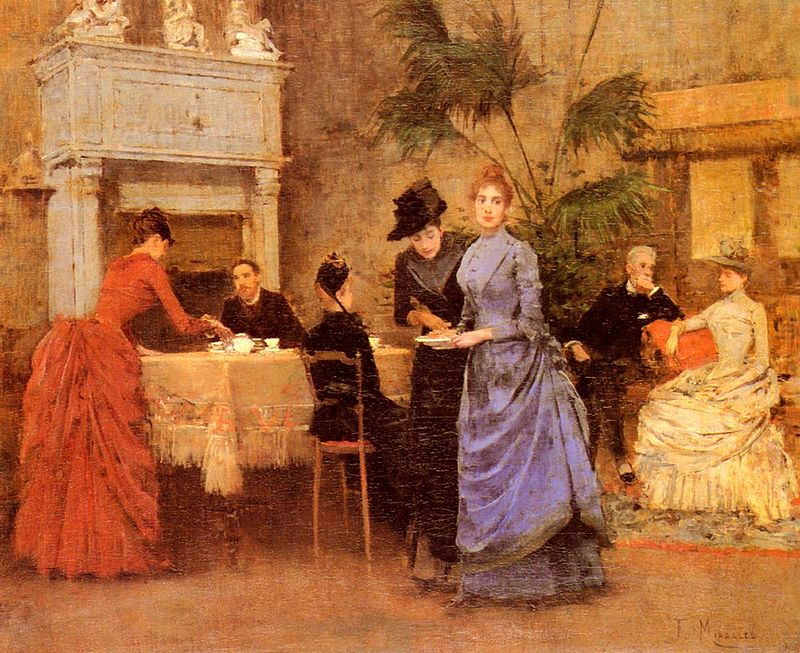Probabilmente conosci la storia di come la zia di Jane Austen, Jane Leigh Perrot, fu falsamente accusato di aver rubato da una merceria a Bath e perseguito a Taunton Asszes. Si pensa che l'accusa sia stata un tentativo di ricattare La famiglia, nota per essere ricca e confortevole. Il processo stesso, tenuto nel marzo 1800, è durato diverse ore, ma quando è stato chiesto alla giuria di prendere una decisione, ha impiegato solo quindici minuti per assolvere Jane.
Il miglior resoconto del processo è ancora Frank Douglas Mackinnon Grand Larceny (1937), che contiene una serie di lettere indirizzate a Jane e a suo marito James. Alle pagine 26-27, c'è una lunga lettera da un "RW" a James Leigh Perrot, discutendo dell'accusa contro Jane. Tre passaggi, tuttavia, sono stati misteriosamente omessi da Mackinnon, il primo dei quali è particolarmente importante.
Di seguito è riportata una trascrizione completa della lettera con i tre passaggi mancanti, indicati da parentesi quadrate. L'unico autore a commentare il testo completo è stato William Galperin, autore di Lo storico Austen (2003), alle pagine pagine 39-40.
Grey Hound Inn,
Market Place,
29 ottobre
Signore, il tuo noto onore mi indurrebbe ad affrontarti di persona invece di adottare questo metodo per informarti delle circostanze con cui è proprio che tu debba essere fatto conoscere, ma sono obbligato a guadagnare il pane per una famiglia numerosa in ogni modo onesto Io posso; E sebbene sia difficile ottenere quel pane nell'occupazione di uno dei più grandi mascalzoni che sia mai vissuto, ho il piacere consapevole di sapere che sono stato più di una volta di servizio a coloro che potrebbero aver sofferto di disonestà. La natura del mio lavoro mi obbliga ad essere collocato così vicino al Sala di consultazione di Gye (il cattivo a cui alludo) che non ha idea del mio udito cosa faccio. I loro incontri sono frequenti e considerevolmente sono delusi dal fatto che nessuna offerta da te sia stata fatta per acquistare i testimoni contro la tua donna innocente e molto ferita; Hanno cercato di trovare un metodo sicuro per proponderlo da soli, ma hanno paura reciproco. Stanno circolando le calunnie più false e dannose per pregiudicare la signora Perrot negli occhi del mondo, ma scoprono che ha troppi amici a questo scopo per avere il massimo del loro desiderio ...

[Certamente, tuttavia, inducerà coloro che non hanno conosciuto la bontà del suo personaggio a schierarsi con loro. Quest'uomo dal cuore nero aveva la grande audacia di aspettare una signora nella città superiore (la moglie di uno degli abitanti più rispettabili di questa città) per richiedere che si sarebbe fatta avanti come testimone che Filby ha piegato il pacco in lei Presenza e che non c'era nulla nella carta, tranne il pizzo nero che la signora P aveva acquistato. Il suo ricevimento era, tuttavia, così diverso da quello che aveva sperato che credesse che si fosse pentito di aver fatto domanda. Era seduta nel loro back office in attesa della scrittura del suo conto quando Filby portava la metà del pacco a metà; Questo certamente ha visto, ma come poteva dire ciò che la carta conteneva? Né sapeva cosa aveva acquistato la signora P; In effetti le sue prove sarebbero andate contro Filby (se dovesse apparire) perché non poteva che notare che nel piegare il documento appariva incredibilmente agitato e affrettato, ma ciò che supponeva, all'epoca, avrebbe potuto essere detto che gli era stato detto La sua cena era pronta. Suo marito che accadeva proprio quando Gye stava uscendo, gli chiese di dire al gentiluomo quale fosse stata la sua commissione. La sua osservazione a Gye era che aveva fatto domanda per le persone sbagliate per questo scopo come sebbene non fossero essi stessi conoscevano Mr & Mrs P che avevano per un certo numero di anni troppo ben noti il Eccellenza del loro personaggio che dubita per un momento della loro innocenza. Osservò inoltre di aver sentito che Filby aveva depositato di aver piegato il giornale, con il pizzo che la signora P aveva acquistato, e le aveva consegnato mentre lei stava nel negozio. Come potrebbe essere d'accordo con il loro desiderio di sua moglie giurare di averlo visto piegare nel back office in cui la signora P non era mai stata? Dalla prima vista la frode era scoperto. Questi particolari che la signora raccontava allo scrittore di questo e desiderava che ci fosse un modo di far sapere alla signora P. In futuro potrebbe essere nominata.]
-
Gye ha un'altra carta da giocare che si vanta. Se la signora P non dovesse offrire una notevole remunerazione per le spese in cui sono stati, pubblicherà una stampa ridicola del tuo cresta, con una carta di pizzo e altri articoli nella fattura del pappagallo. Ma sii fermo, signore, dai abbastanza alla corda canaglia e si impiccerà.
-
[Vivo nella speranza di vedere i tavoli girarlo su di lui; e assicurati che alla prima opportunità che offre a me stesso, così come molti altri, si uniranno pubblicamente al suo rovesciamento.]
-
Guardo a Ipocrita religiosa Essere il più pericoloso di tutti i peccatori, e quest'uomo sotto quel travestimento è impiegato per alleviare le difficoltà da parte di persone di beneficenza, la cui generosità non è mai stata accolta a metà da coloro per i quali è previsto. La sua lingua in tutta la città è che se il processo si svolge trasporto è certo.
-
Mentre sono informato che i tuoi servitori inoltrano qualsiasi lettere dirette ogni settimana, lo lascerò a casa tua, e con i miei abbondanti desideri per la salute e la prosperità a te stesso e la signora Perrot rimarrò mai, degno signore,
Il tuo devoto umile servitore,
RW
-
Cosa ne pensi di questi passaggi mancanti? È piuttosto curioso che siano stati omessi. Ci piacerebbe avere tue notizie se ne sai di più!
David Pugsley è l'Hon Archivista del Western Circuit, un'organizzazione per gli avvocati tra Gloucester e Winchester e Land’s End. Tiene colloqui e scrive articoli sulla storia degli avvocati colorati e dei principali casi penali, principalmente omicidi e la legge del duello nell'area del circuito. Legge Emma Con l'occhio critico di un avvocato, guardando le prove. Gli sarebbe piaciuto esaminare Augusta Elton.
-





4 commenti
The remarks about this case in Rev. William Holland’s diary suggest the legal rumour mill was unkind to Mrs Perrot, strongly implying she had bribed her way out of trouble. The entry for 22 March 1800 reads:
“At Stowey met Mr. Symes the Lawyer. He told me that Mrs. Parrot has bought off her prosecutor. Alas, alas that money should be able to screen a person from Justice in this Kingdom so remarkable for good laws and uncorrupted Judges. She was accused of stealing lace out of a shop in Bath, is a person of considerable fortune and has a poor Jerry Sneak of a husband who adheres to her through all difficulties.” (‘Paupers and Pig-killers: the diary of William Holland…’, Penguin, 1986)
Personally I think she did it. That she was clearly a wealthy and strong-minded woman of previously good character doesn’t rule anything out, as the tragic case of Isobel, Lady Barnett proves.
R Lamb
The date of RW’s letter is not clear. MacKinnon read it as Oct 29(?), but that is very unlikely in the light of the content of the newly transcribed passage. On closer inspection I read: Grey Hound Inn, Market Place, Bath, 19 inst. (?), which fits much better.
Anonymous
Barbara Ker Wilson, in her novel Jane Austen in Australia, does not imagine what would have happened if Mrs L-P had been found guilty and transported. It correctly records that the jury took less than fifteen minutes to find her Not Guilty: see pages 64-68. The visit to Australia, in the novel, was due to a sudden and uncharacteristic burst of enthusiasm, on the part of James L-P, for the fauna and flora of the antipodes.
In spite of the assertion in the Avant-Propos, p. 7, that the details of the trial are factual, there are lots of errors. In particular, she says that Gregory’s elder sister had died (pages 11-12) and that in June 1800 the former haberdashery shop was still shuttered and awaiting a new tenant (p. 84). In fact, Gregory’s elder sister, Mary Smith, the proprietor of the business, ran it very successfully, in spite of the trial, from 1798-1807: see No. 1, Bath Street and Mary Smith, Jane Austen Blog: Regency History, 2 Sept 2019.
Anonymous
The author, Barbara Ker Wilson, wrote a novel called Jane Austen in Australia which imagines what would have happened if Mrs L P had been found guilty and transported. In the novel, Jane Austen goes with her aunt and gives accounts of Sydney, more usually called Port Jackson then, in its very early days. Well researched this is a good read!
Anonymous
Commenta
Questo sito è protetto da hCaptcha e applica le Norme sulla privacy e i Termini di servizio di hCaptcha.